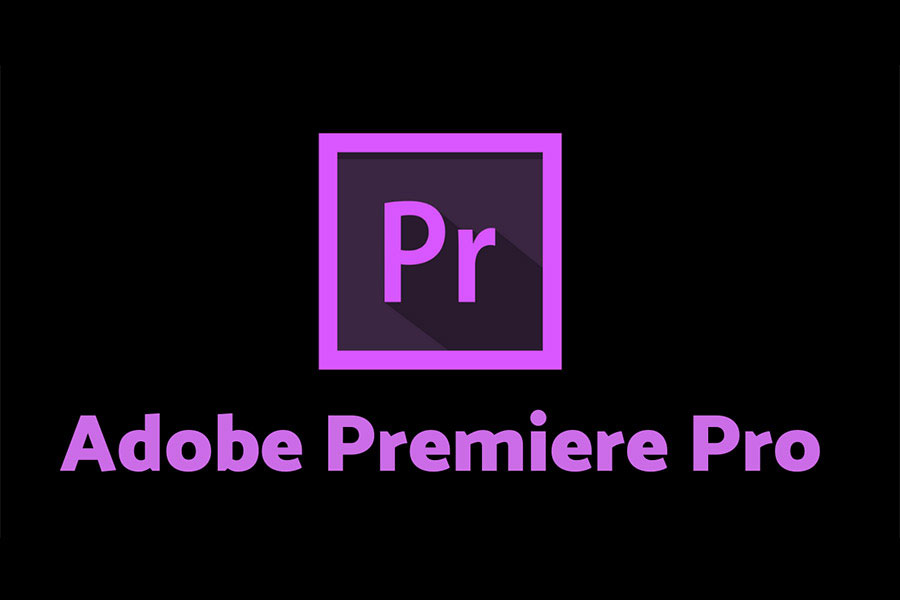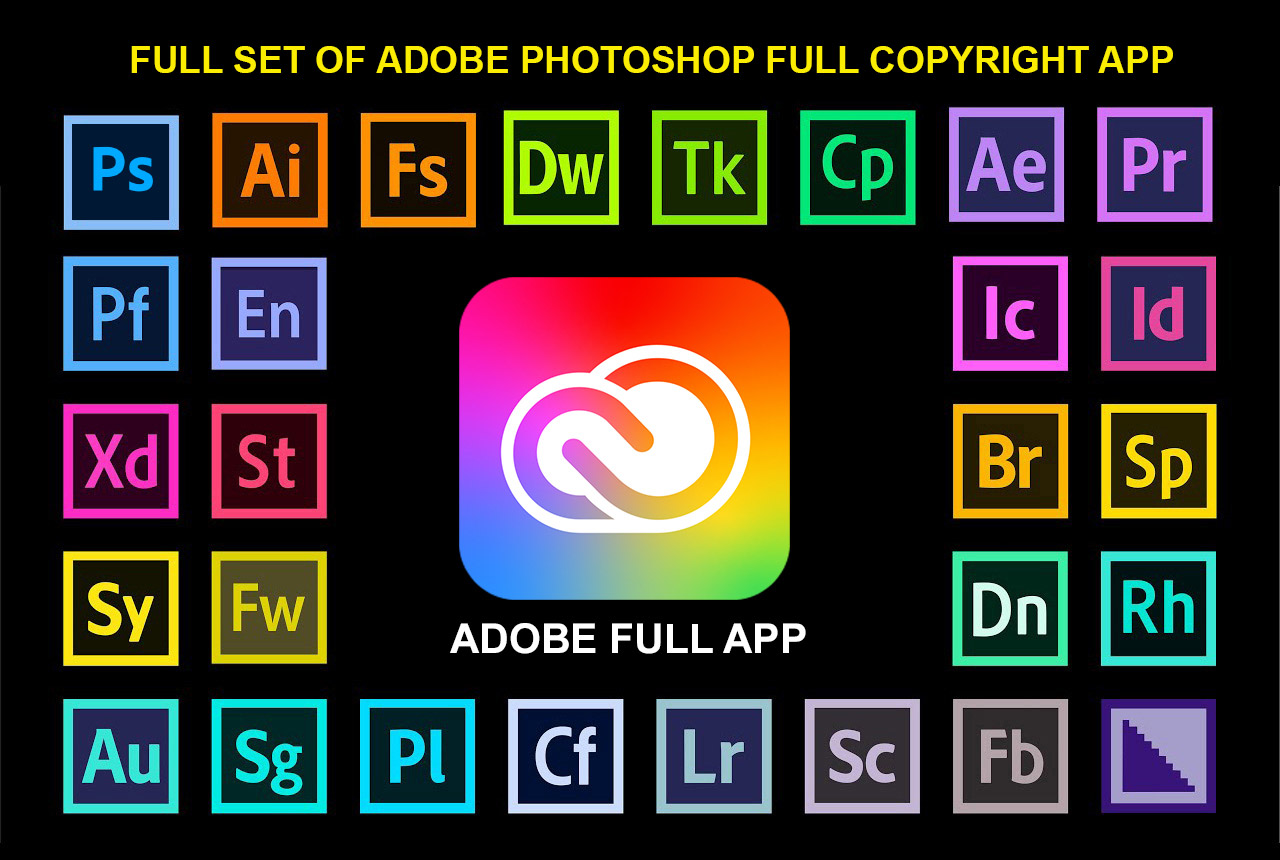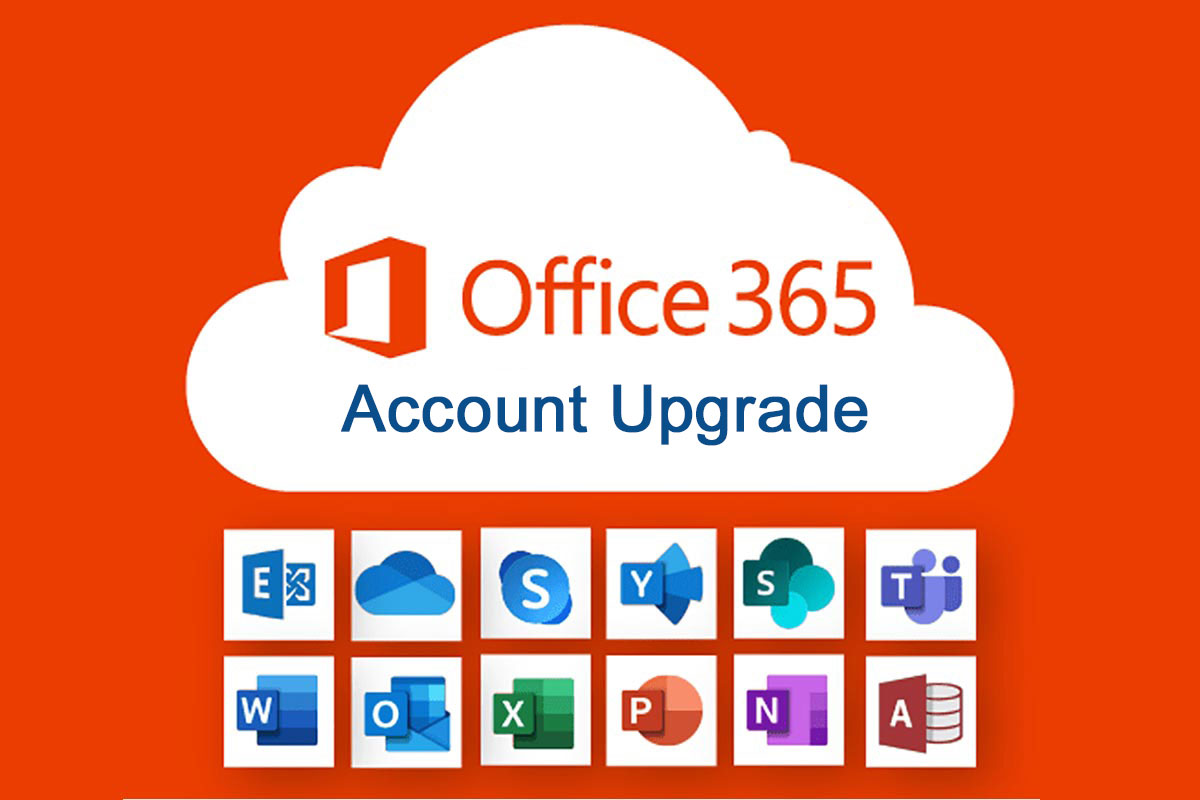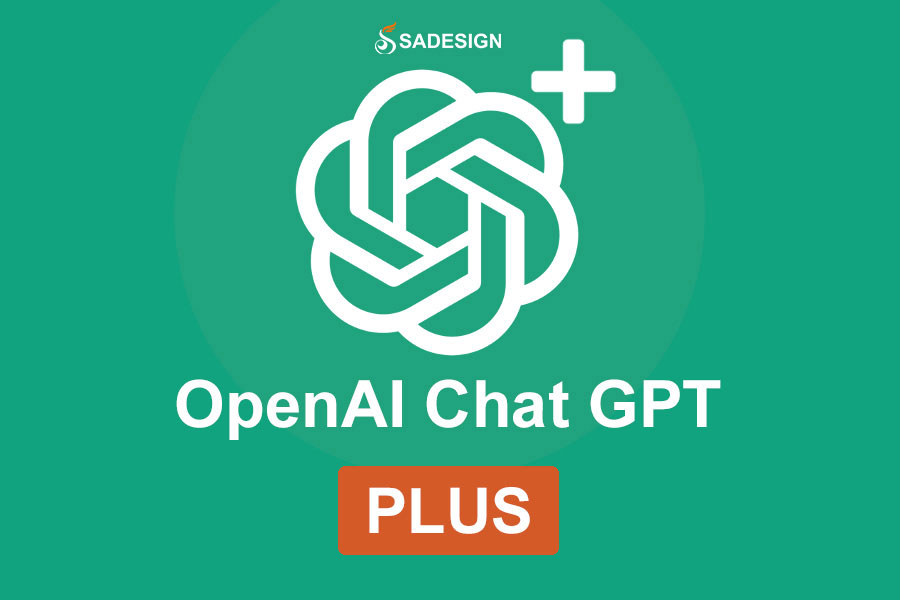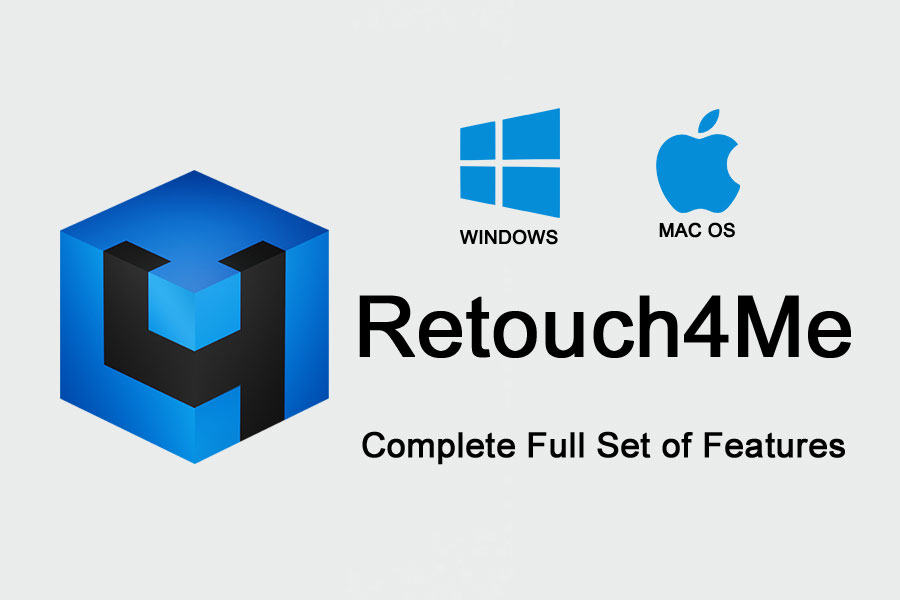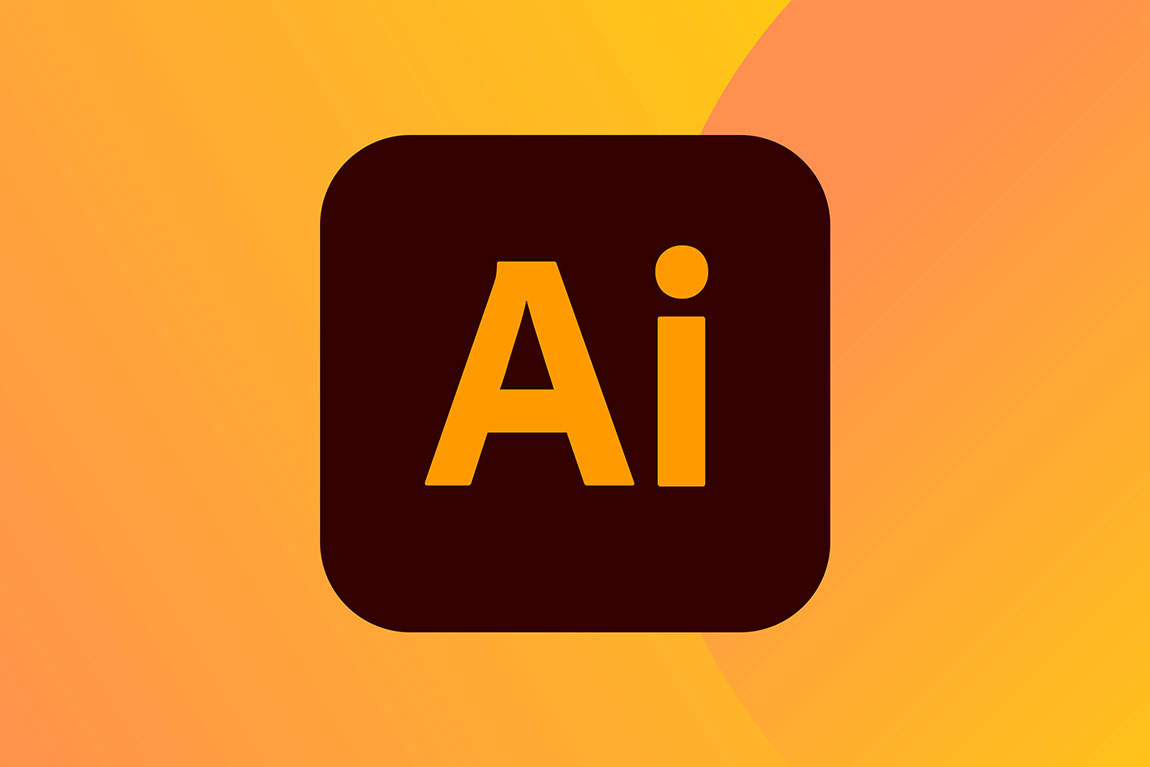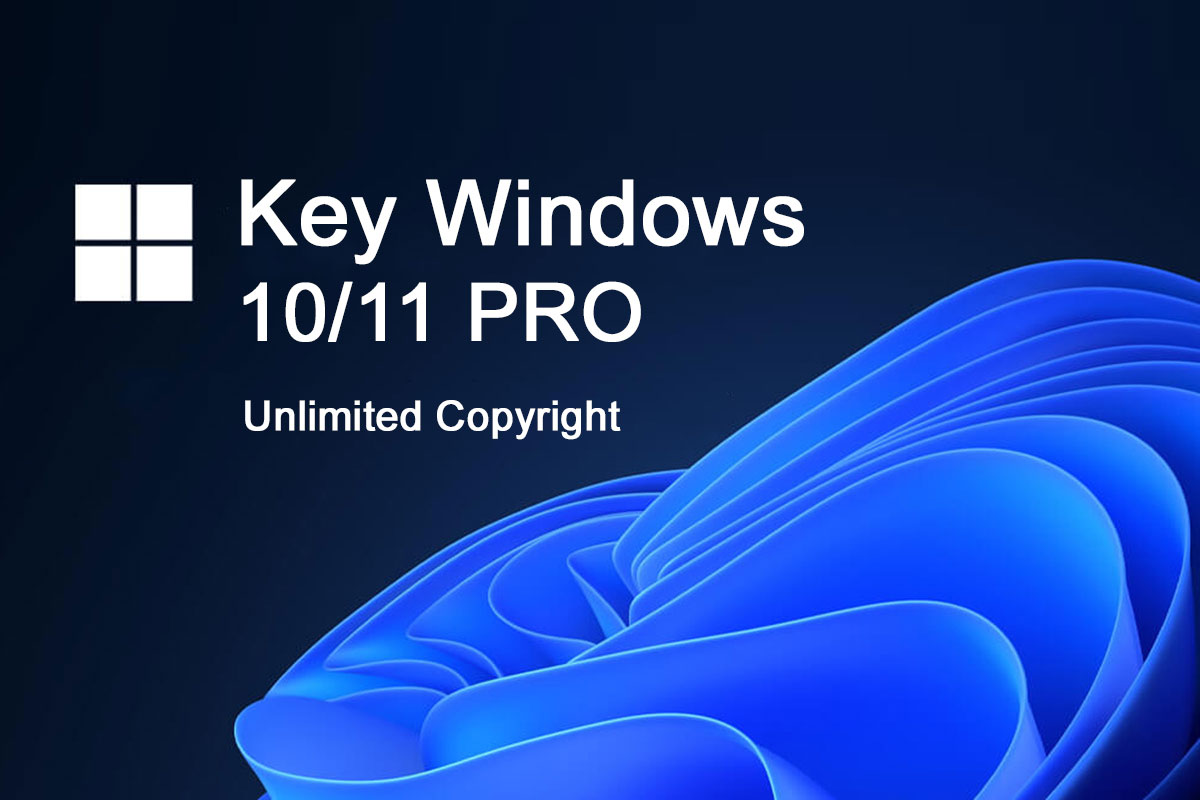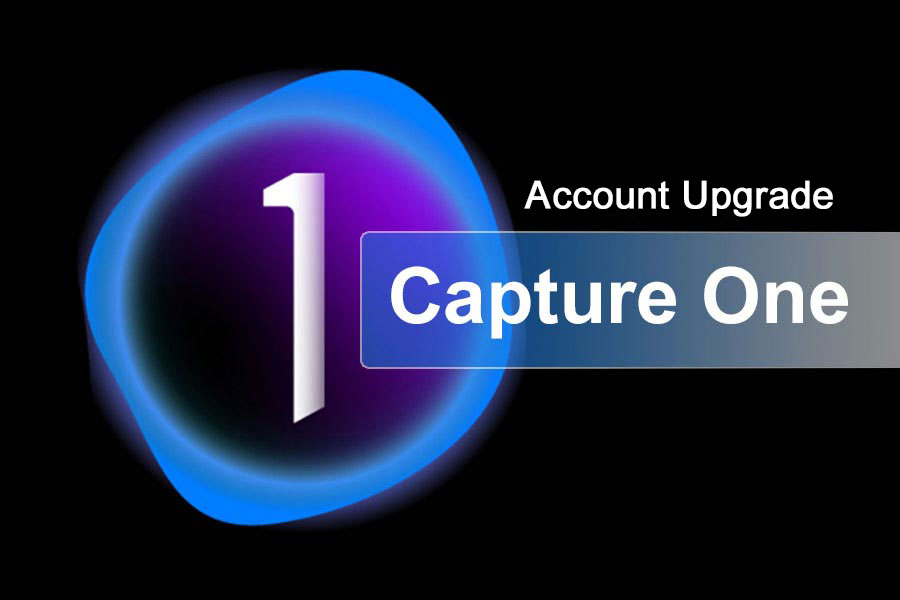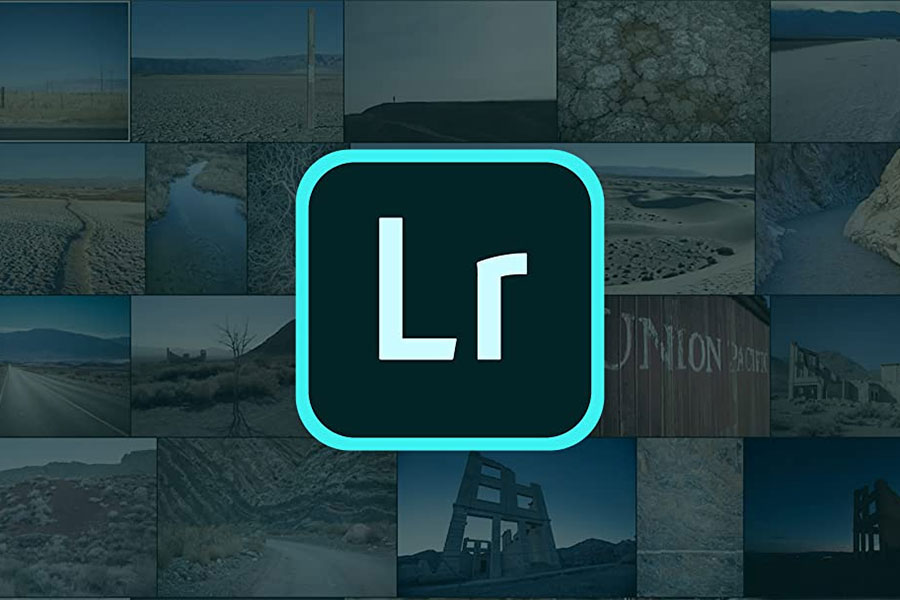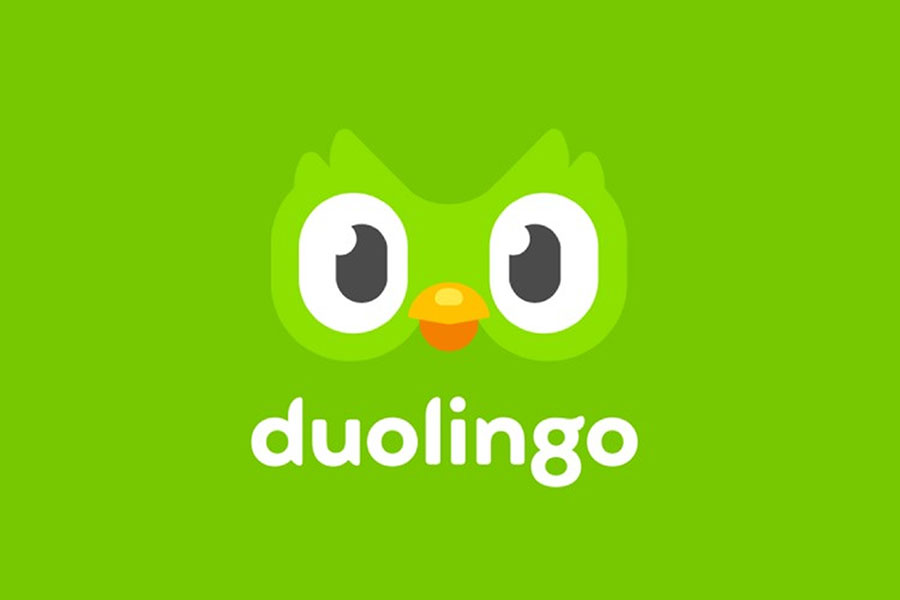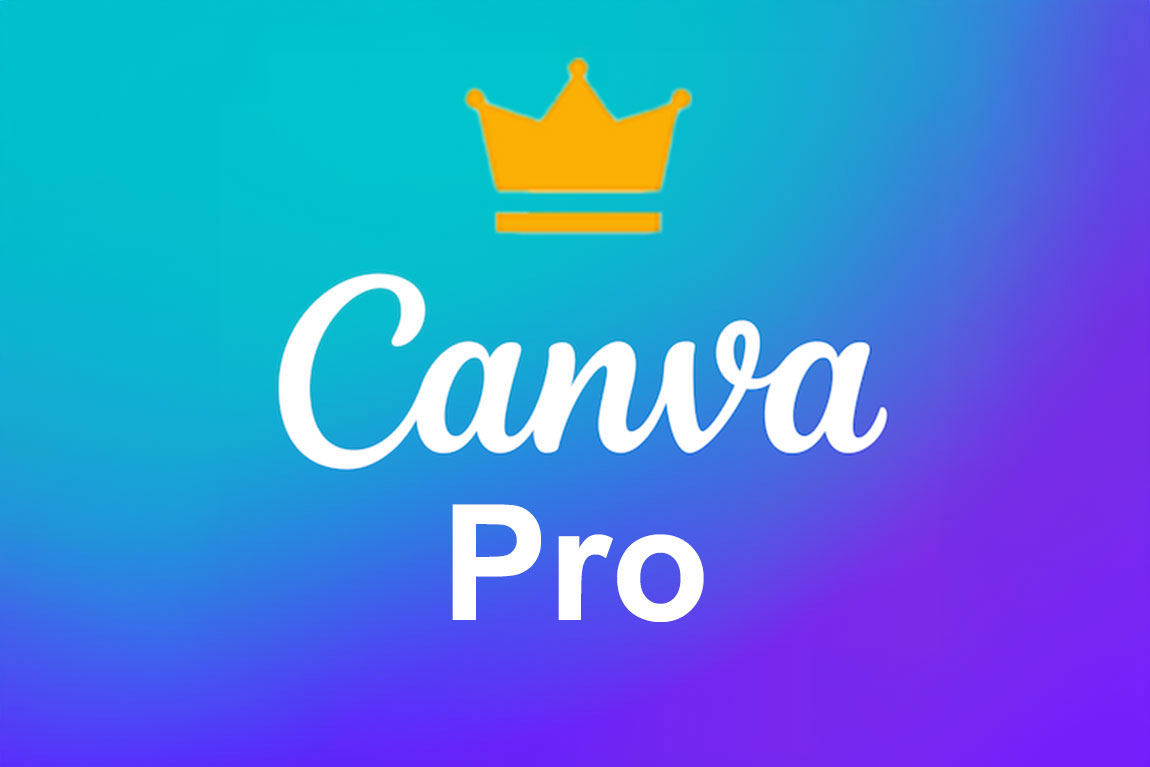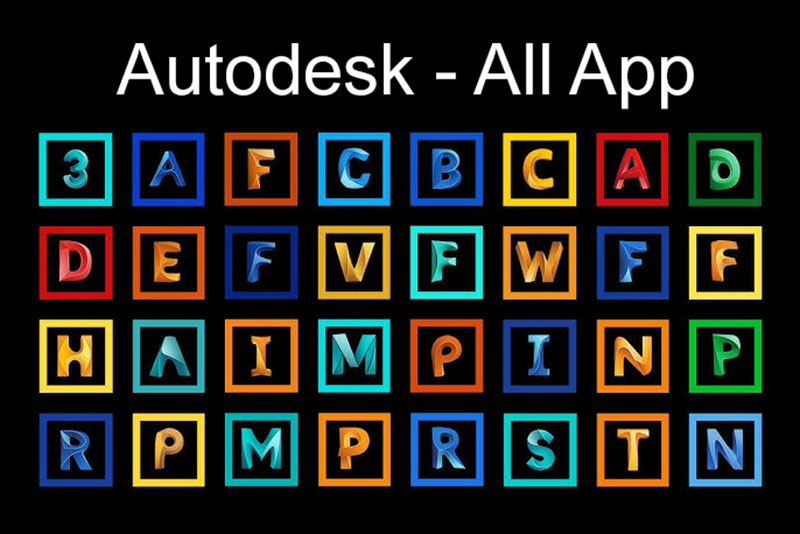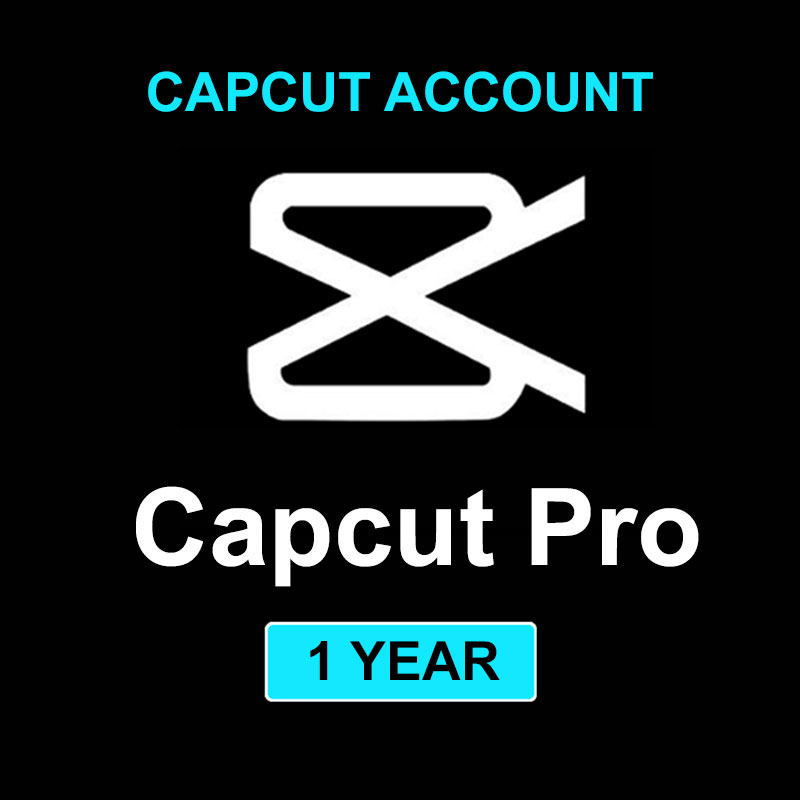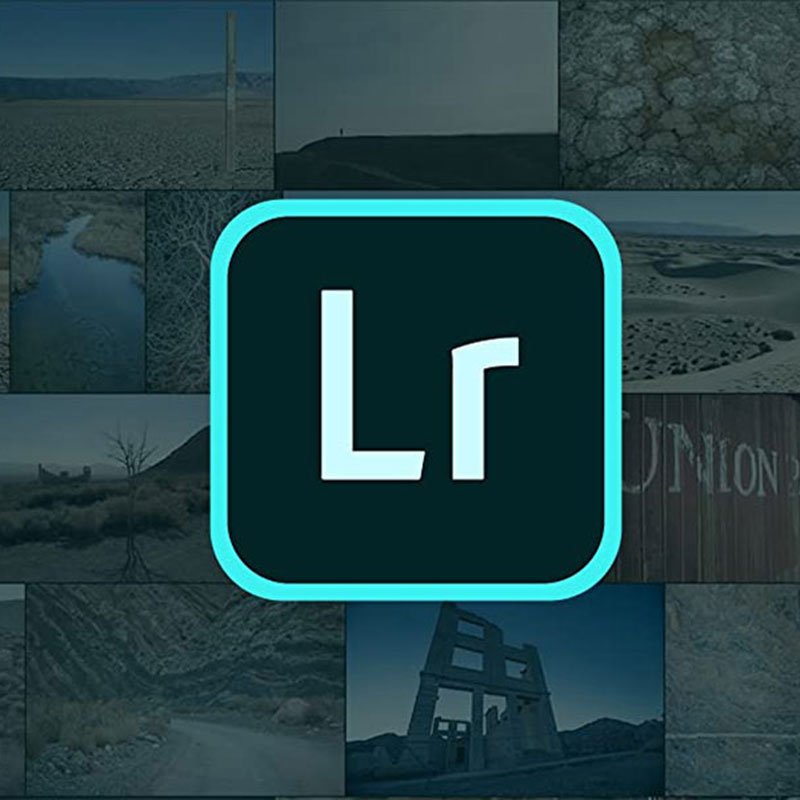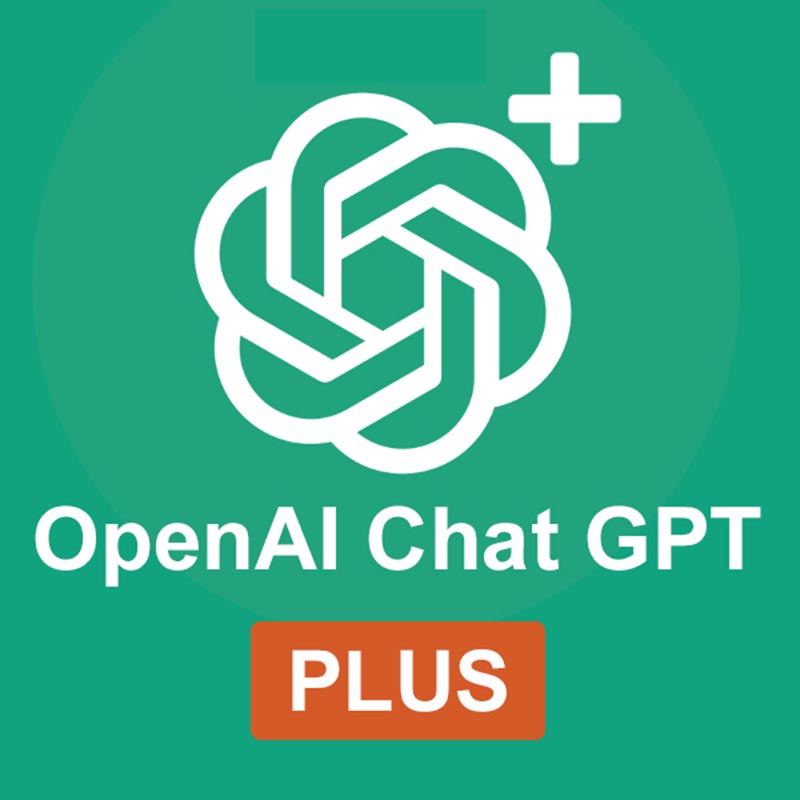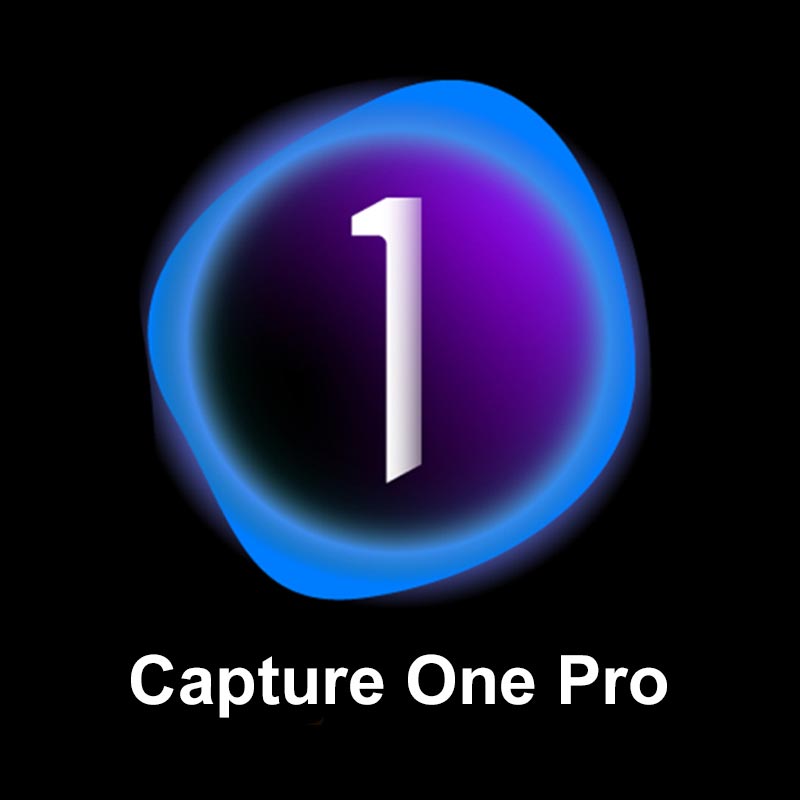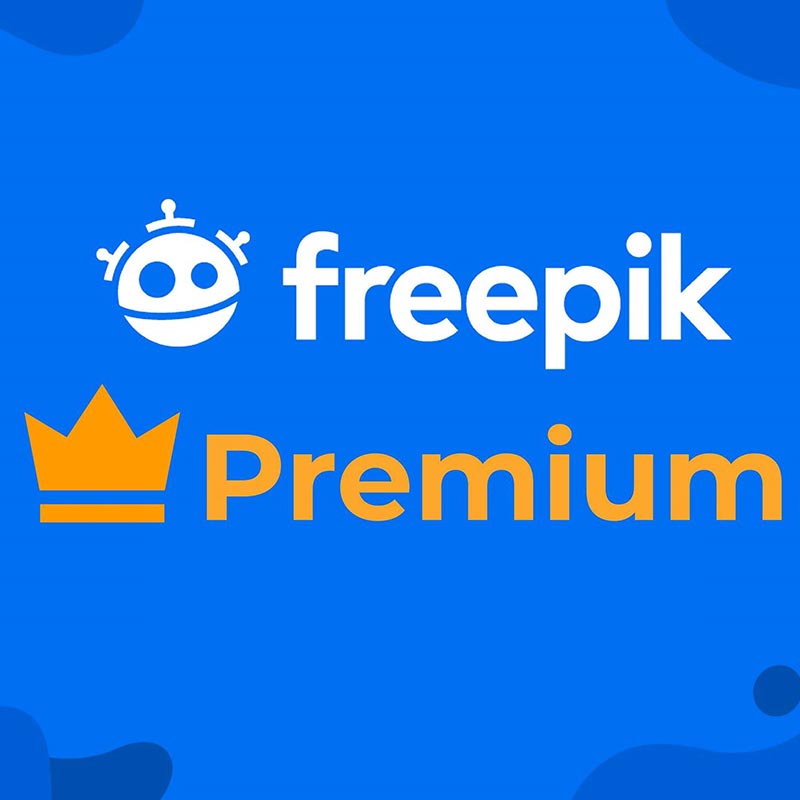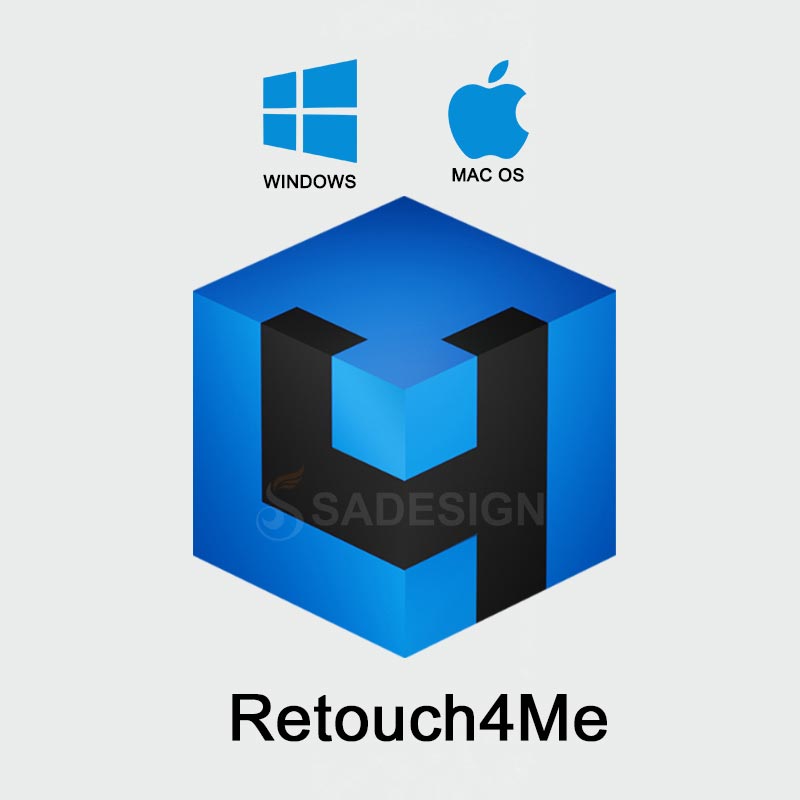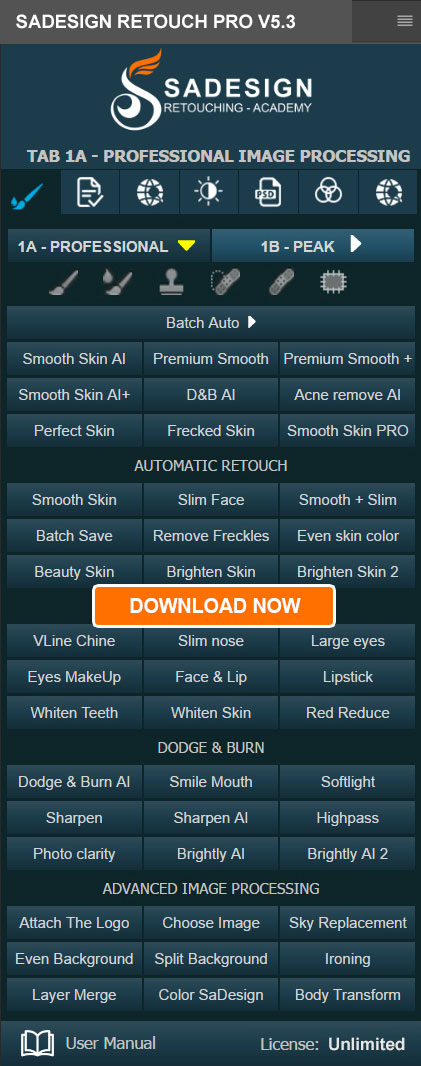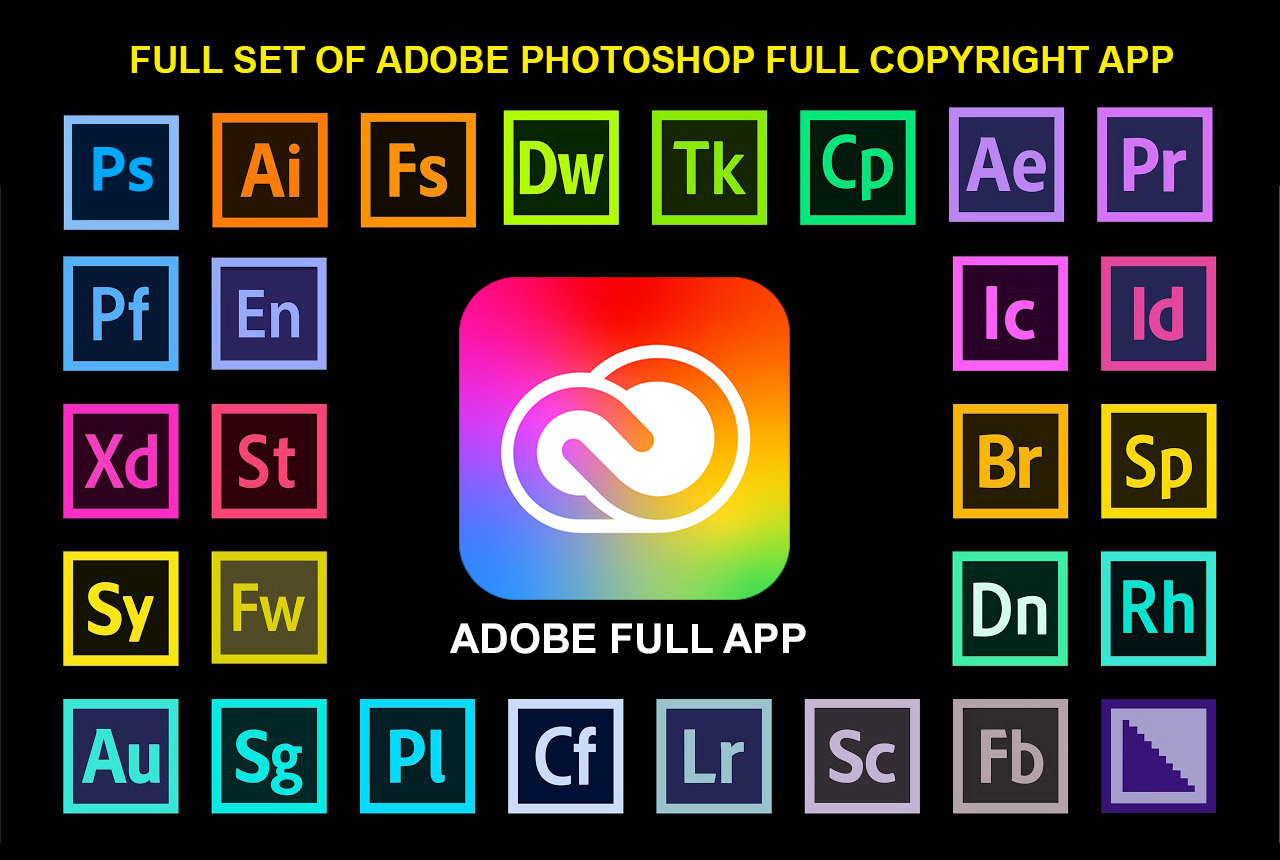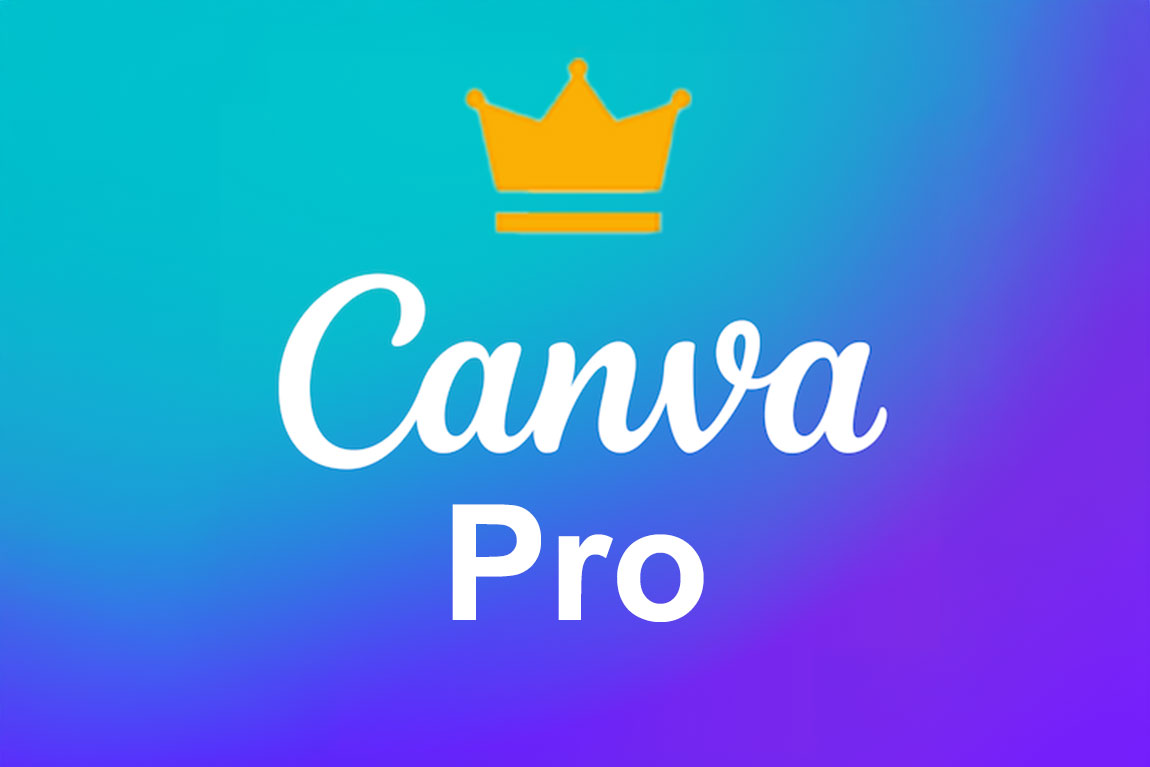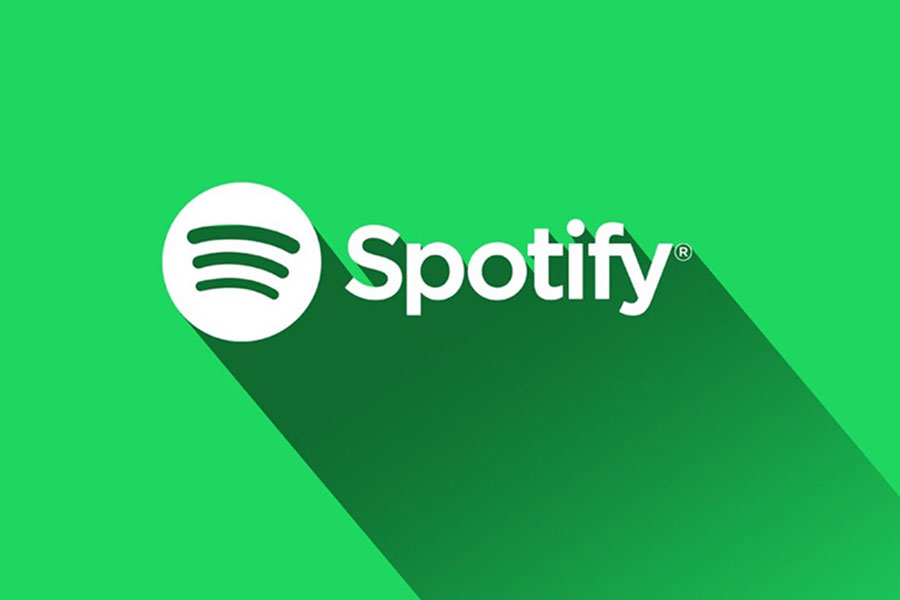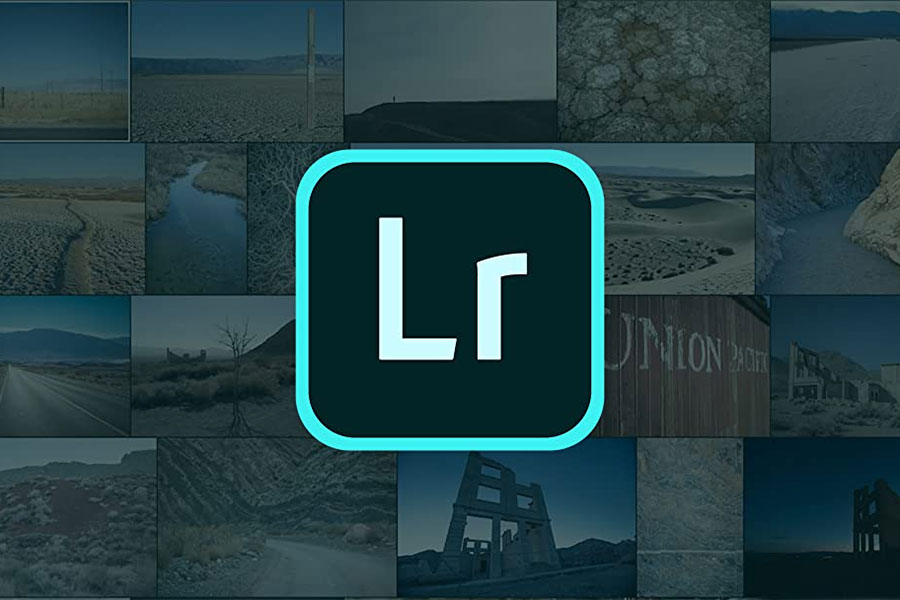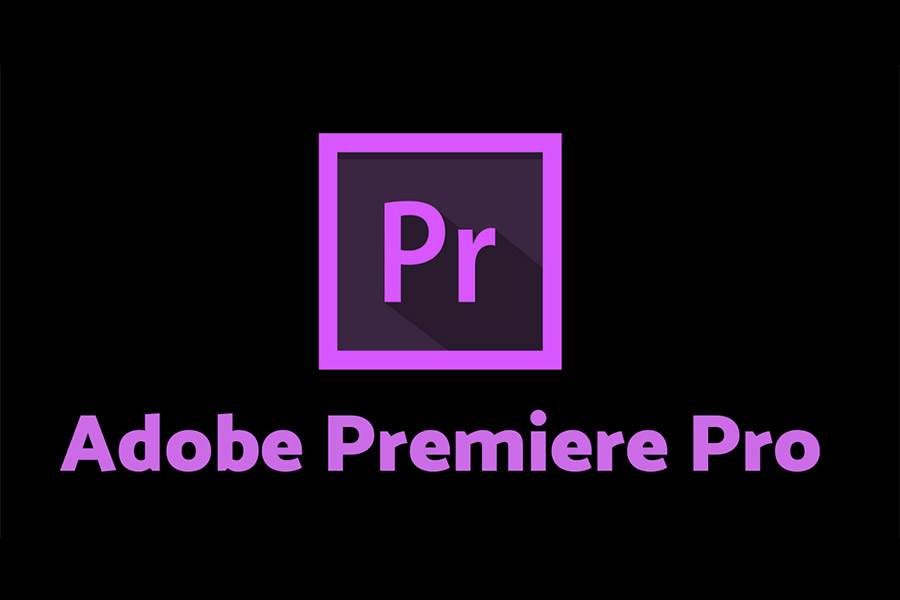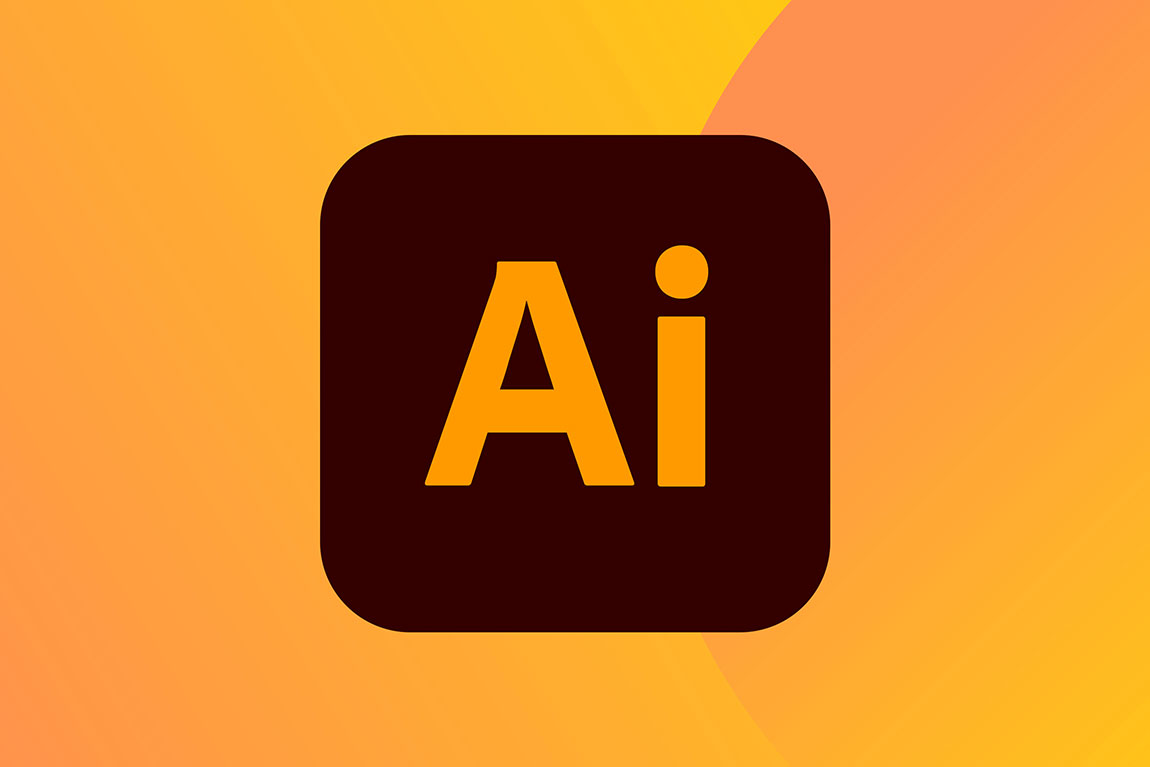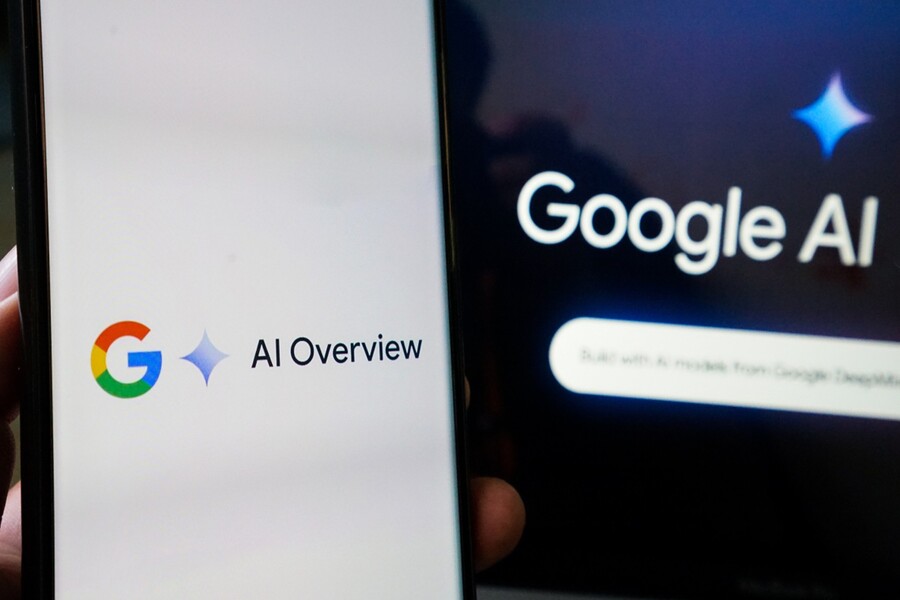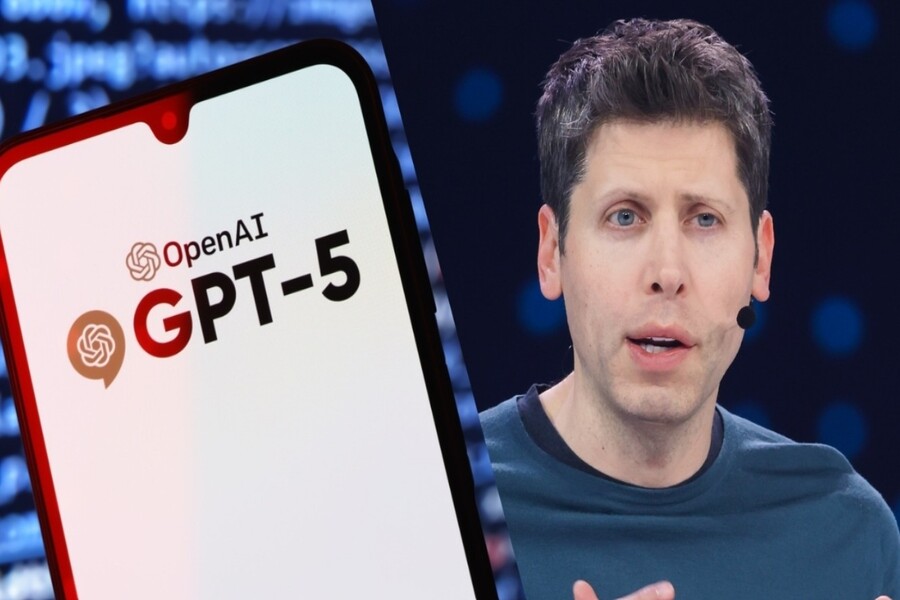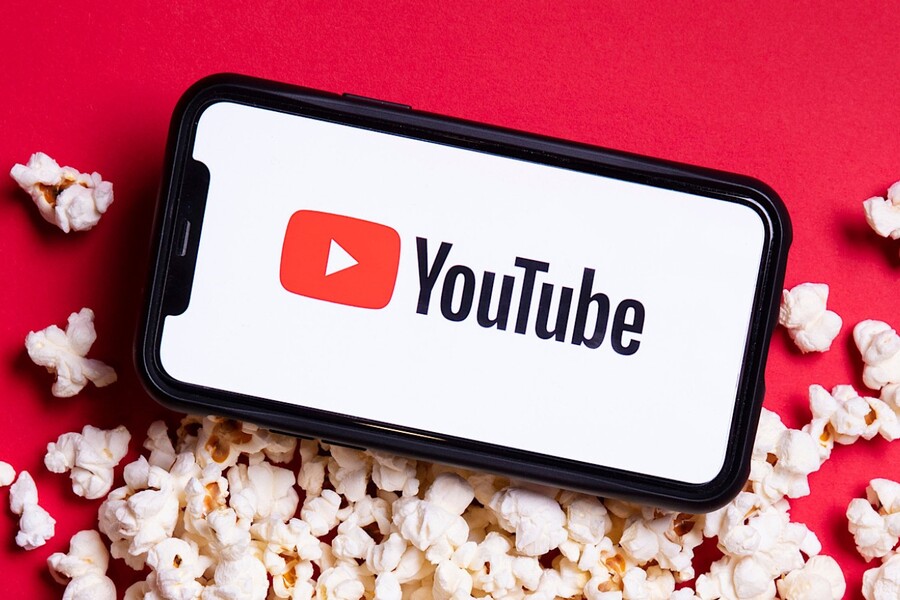Best Selling Products
OpenAI Launches Open AI Model to Take on DeepSeek and Meta
Nội dung
One of the most notable recent moves is that OpenAI, the company behind ChatGPT, is releasing large-scale open-source AI models for the first time.
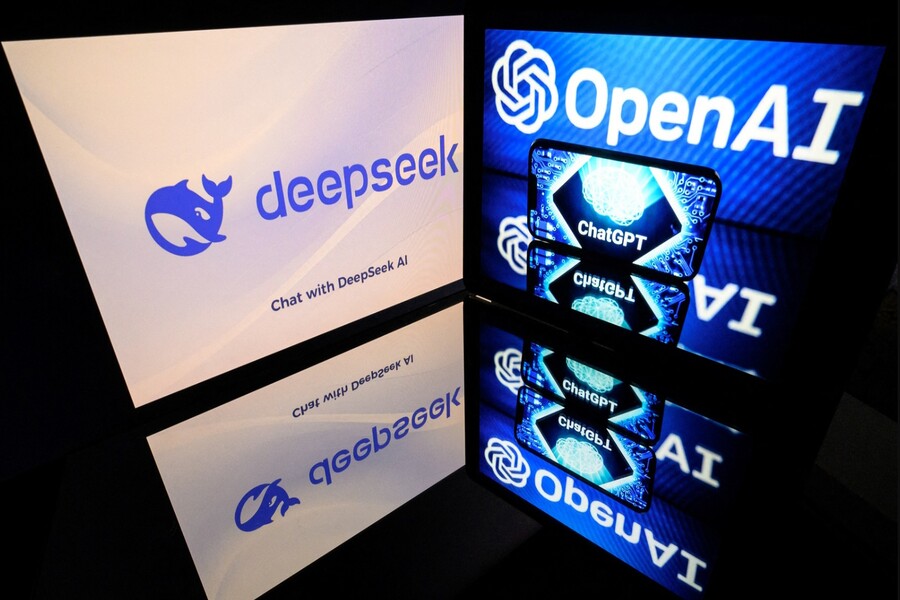
The artificial intelligence (AI) industry is entering a period of fierce competition, where major technology companies around the world are not only racing to improve model performance but also actively shifting their development strategies. From focusing on closed source models, many corporations have begun to shift to open source models to expand their ecosystems and promote global collaboration. One of the notable recent moves is that OpenAI, the company behind ChatGPT, has announced its first large-scale open source AI models.
This is not only a major turning point in OpenAI’s development strategy, but also signals a significant change in the approach of leading AI companies. While OpenAI was previously known for its GPT-3.5 and GPT-4 models that used APIs and access keys to control usage, the release of open source models now represents a new vision: to expand accessibility and encourage innovation in the technology community.
1. Compete directly with DeepSeek, Meta and Alibaba
There is no denying that competitors from Asia and the US are putting a lot of pressure on OpenAI’s market share. In particular, DeepSeek, a Chinese AI startup, has made a clear mark by releasing free open source models such as DeepSeek-V2 and DeepSeek-Coder. These models are highly appreciated for their ability to process language, analyze source code, and especially their efficiency on mid-range devices, something that GPT-4 is often criticized for requiring too much hardware resources.
At the same time, Meta is not far behind when it comes to continuously updating new versions of the LLaMA (Large Language Model Meta AI) model line. With LLaMA 2 and recently LLaMA 3, Meta is proving that they are not only strong in infrastructure but also willing to pursue the open AI philosophy, with the goal of popularizing artificial intelligence to all classes of users.
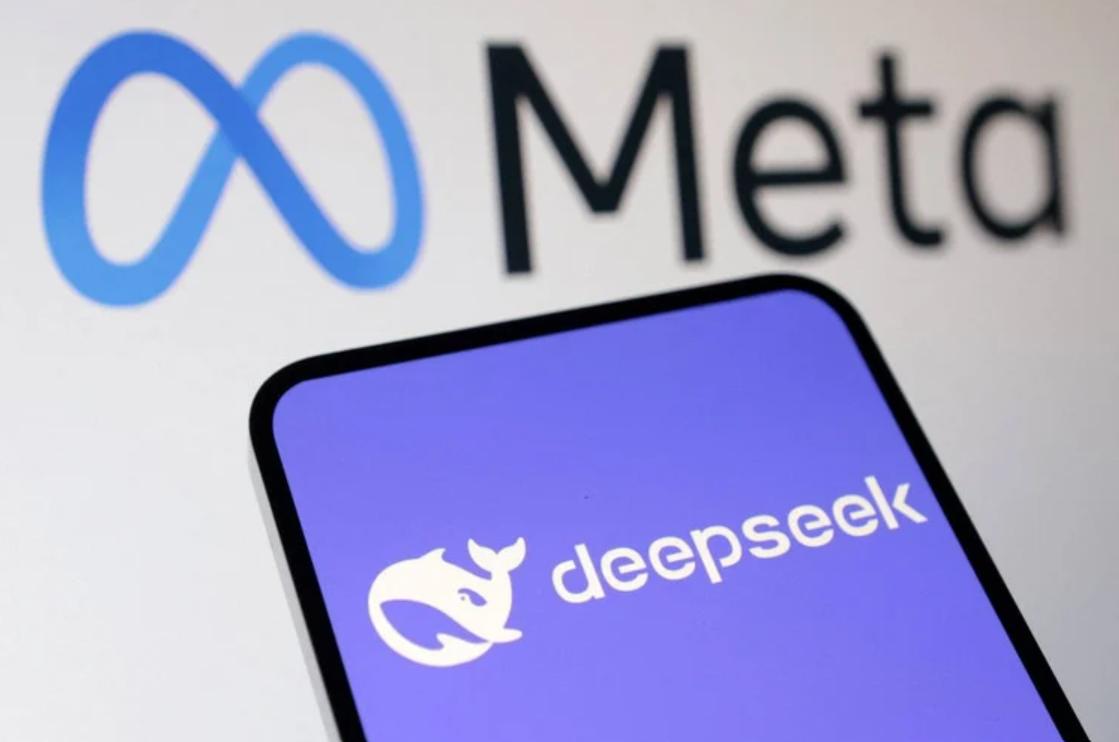
Alibaba, with its Qwen series of models and especially Qwen-VL (which can process both text and images), is not left out. The Chinese technology conglomerate has deployed its model across a variety of platforms, from academia to commerce, and has put considerable pressure on Western companies.
In that context, OpenAI's release of two open-source models can be seen as a strategic response to assert its position and protect its market share, which is under threat from both Asia and within the United States.
2. New cards in the open AI game
OpenAI has officially introduced two new models called gpt-oss 120B and gpt-oss 20B. These are two multi-tasking language models designed to serve many different user groups.
Gpt-oss 120B is a large-scale model with 120 billion parameters, designed to run on powerful data centers or high-end GPU workstations. It is suitable for enterprises or research institutes that need to process huge amounts of data and require high performance in a short time. The ability to handle long contexts, multi-dimensional understanding, and deep customization make gpt-oss 120B a direct competitor to models such as DeepSeek-V2 or LLaMA 3 70B.
Meanwhile, gpt-oss 20B is a lighter model, suitable for most desktops, mid-range laptops, and even budget-friendly cloud computing environments. Despite its more modest number of parameters, gpt-oss 20B is still well optimized for a variety of tasks: language translation, text generation, question answering, information summarization, and even coding.
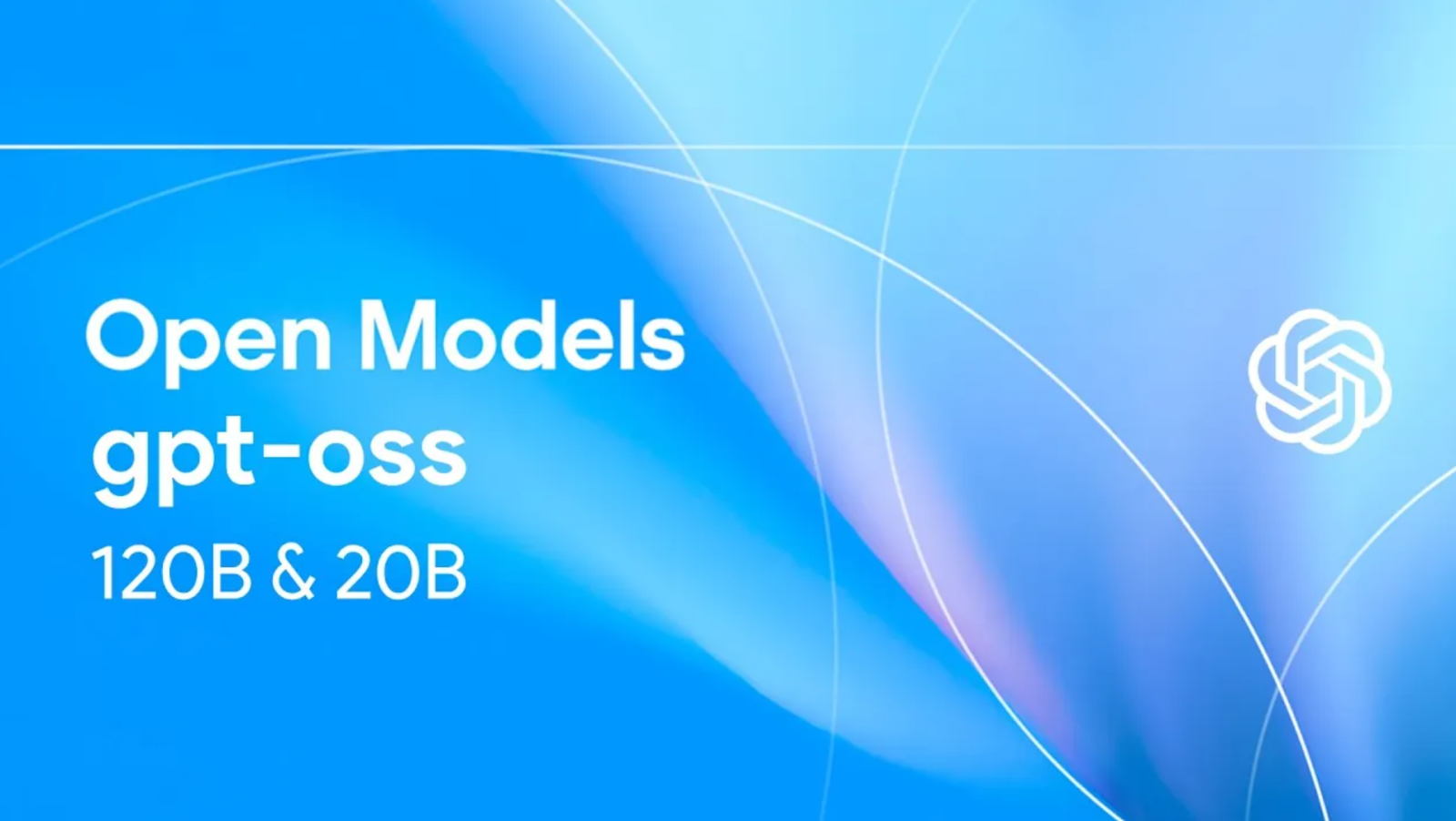
Both models are released under the Apache 2.0 license, a popular license in the open source community that allows users to modify, distribute, and commercialize the models without asking for permission or paying royalties.
3. The strategic rationale behind OpenAI releasing the model openly
OpenAI isn’t open-sourcing its models for purely competitive reasons. The move reflects a long-term strategy to rebuild trust and expand the developer ecosystem. As many companies and organizations seek greater transparency and control over their AI models, opening up the source code will not only help OpenAI attract researchers, but also reduce users’ dependence on expensive, closed APIs.
Additionally, the move to an open model is part of a strategy to support the US AI Action Plan, initiated by President Donald Trump, which emphasizes reducing regulatory barriers, promoting innovation, and ensuring America's leadership in the global AI race.
Another factor that cannot be overlooked is the influence of the open source community. Models like Mistral, Falcon, and Zephyr have long demonstrated that community contributions can improve AI performance and safety faster than any internal team.
One of the biggest concerns when releasing an open-source AI model is the potential for misuse, from creating fake content to spreading misinformation. However, OpenAI has asserted that both gpt-oss 120B and 20B were trained through a rigorous safety audit process.

Specifically, during the training phase, the input data was carefully filtered to remove harmful, hateful, or inappropriate content. In addition, the models were fine-tuned with Reinforcement Learning from Human Feedback (RLHF), which helps the models learn to respond more responsibly in a variety of real-world situations.
OpenAI also provides a set of built-in guidelines to help users deploy models in a way that complies with ethical and legal regulations in each country. This is expected to reduce risks and promote the positive use of AI.
4. Application scenarios and impact on business ecosystem
The release of open AI models not only creates opportunities for researchers, but also opens up many practical applications for businesses. Thanks to their easy-to-integrate architecture, gpt-oss 120B and 20B can be deployed in many areas:
- In finance, models can be used to analyze market data, detect fraud, or automate trading.
- In medicine, they can aid in diagnosis, analyze medical records, and aid in new drug research.
- In education, AI learning platforms can personalize experiences for each student, support natural language, and analyze learning behavior.
- In media, open AI allows companies to create content faster, control the entire production process, and avoid being locked in by commercial APIs.
Not being tied to API costs or access limits also means startups or nonprofits can access more powerful AI at significantly lower costs.
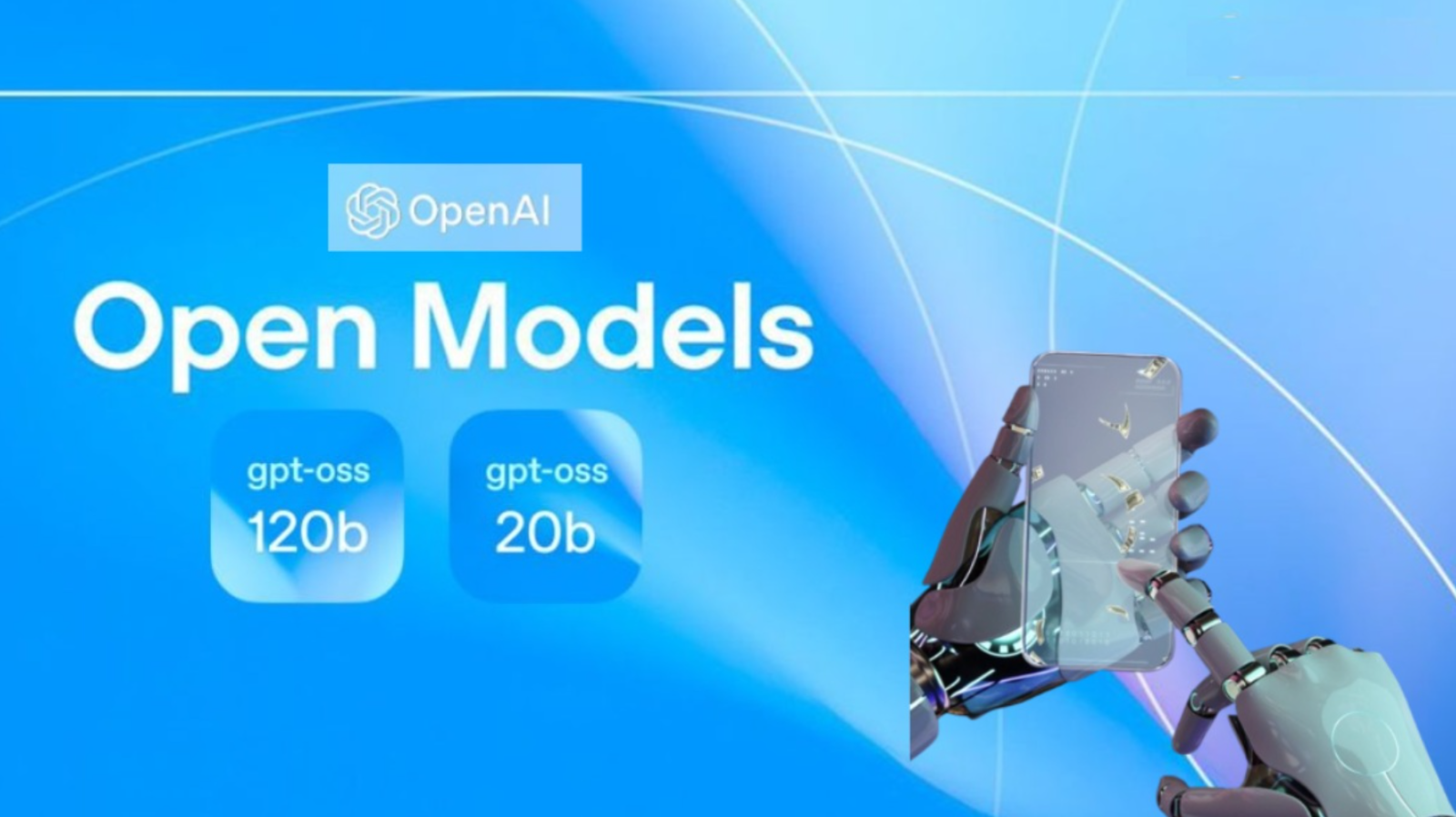
5. OpenAI's new position in the open source AI world
OpenAI has been criticized in the past for not being as “open” as its name suggests. Although it started out as a nonprofit with the goal of serving humanity, OpenAI has gradually transformed itself into a capped-profit company to attract investment from Microsoft and other big companies. This has led many to question its commitment to openness and transparency.
However, with the release of gpt-oss, OpenAI seems to be trying to right the wrongs, or at least rebalance community expectations with its commercial strategy. This is a smart move in a context where the AI market is becoming more diversified than ever.
Although it is not yet possible to confirm that gpt-oss will defeat LLaMA or DeepSeek, it is clear that OpenAI has set a new milestone, proving that they are not standing outside the open AI wave, but are ready to become one of the leading pillars.
The open source trend in AI is almost certain to continue to accelerate over the next decade. The benefits of transparency, customization, low operating costs, and cross-border collaboration make open AI an attractive option not only for developers but also for governments and businesses around the world.
The question is no longer whether to open up, but rather how to do it safely and effectively. This is the challenge that OpenAI, Meta, DeepSeek, and many other AI companies will face. However, with the advent of models like gpt-oss 120B and 20B, we are witnessing a real shift that could change the way the world operates and approaches artificial intelligence.
OpenAI is no longer just the company that created ChatGPT. They are entering a new game, where “openness” becomes a strategic competitive weapon. In the race with DeepSeek, Meta, and Alibaba, the release of gpt-oss is not just a tactical move but also a clear statement: OpenAI is ready to play big, expand its influence, and reset the standards in the global AI industry.
While the future of AI remains uncertain, one thing is certain: open source AI will be one of the key drivers in determining the direction of technology in the coming years.
